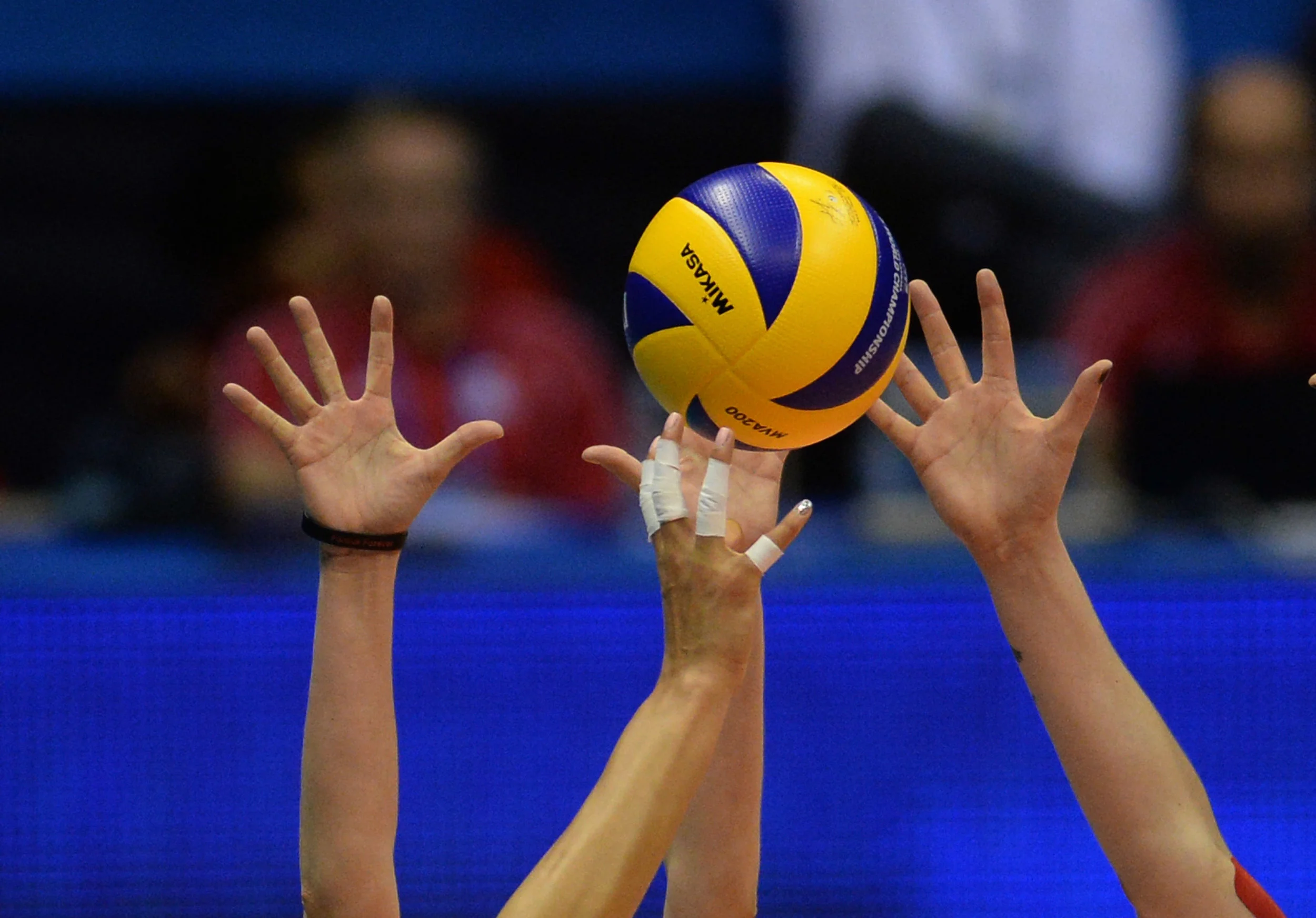
The human body as a unit, made up of its bones, joints, and muscles and constituent parts, is designed to move in a specific way. We all know this. The knee, classified as a “hinge joint”, flexes and extends. This is why we all cringe together as we see a knee buckle inwards as the ACL gives way. It was not designed to move in that way. The shoulder, as a “ball-in-socket joint”, obviously moves in a different way than the knee or elbow joints. However, this idea extends further than just the injury risk during unnatural movement, and includes efficient and effective movement. For example, a player who can effectively coordinate an explosive triple extension with a well-timed arm swing will jump higher than a similar athlete that cannot coordinate these movements as effectively. Not only is the body designed to move specifically, but effective movement throughout the body produces the best performance. The ability of strength training in this context is paramount, as properly coached exercises emphasize efficient, strong, and powerful movements. In particular, there are a few movements that can be learned and reinforced in the weight room that have a direct carryover to volleyball performance.
Hip Hinging
 Hips hinged backward on landing
Hips hinged backward on landing
One of the most foundational movements in the weight room and on the court is commonly referred to as the “hip hinge”. In its most basic form, the hinge takes place when the hips move backwards, with the spine staying in its neutral position. The core remains in a stable position while the hamstrings are slightly stretched. This position effectively loads the glutes and the hamstrings, prepares a player for explosive movement, and minimizes stress on the knees. On the court, a proper hinge appears in the ready position, jumping, and landing. In the weight room, various deadlift variations, kettlebell swings, Olympic lifts, and most bent-over exercises reinforce the proper execution of this movement.
Knee Tracking
Simply put, the knee is safest when it is in alignment with the foot. Deviation of the knee inwardly or outwardly puts a large amount of unwanted force on the knee and can create an array of knee issues. This can be especially problematic in females, as their naturally wider hips predispose the knee to drifting inward, contributing to the substantially higher rates of knee injuries among female athletes. Properly designed resistance training exercises emphasize proper movement of the knee, which can reinforce healthy knee position while jumping, landing, and moving on the court.

